Blog Posts Tagged Technical Content
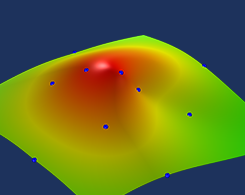
Using Radial Basis Functions for Surface Interpolation
Did you know that you can easily calculate the interpolation between a set of points using a simulation app? Learn more here and download a demo app for design inspiration.
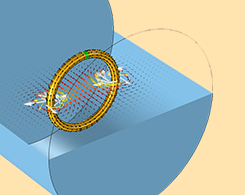
Modeling Coils in the AC/DC Module
A key concept when it comes to coil modeling is closing the current loop. Learn how to do so when modeling coils using the AC/DC Module and COMSOL Multiphysics®.
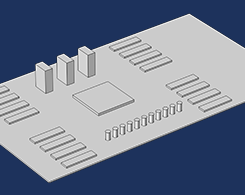
Generate Models from Text Files with the Application Builder
Ever wish you could automate your model preprocessing tasks? In this blog post, we demonstrate how you can use the Application Builder to quickly convert a text input file into a COMSOL model.
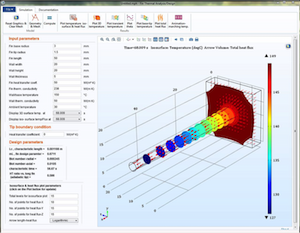
Studying Transient Heat Transfer in a Fin Design with an App
A guest blogger and author presents a simulation app that he designed to study transient heat transfer in a nonprismatic fin.
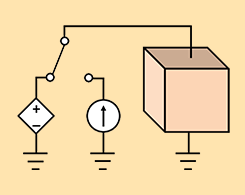
Control Current and Voltage Sources with the AC/DC Module
Did you know that you can use the Terminal boundary condition to dynamically switch between excitation types during a transient simulation? This is useful for modeling power supply, for example.
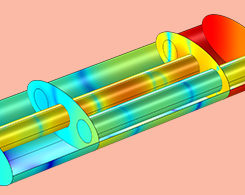
Multiphysics Simulation Provides Accurate Muffler Designs
A guest blogger from Lightness by Design, a COMSOL Certified Consultant, shares how multiphysics simulation provides accurate results when designing automotive mufflers.
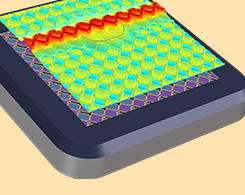
Streamlining Capacitive Touchscreen Design with Apps
In this comprehensive blog post, we discuss the different design considerations for capacitive touchscreens and how simulation apps can be used to streamline their design workflow.
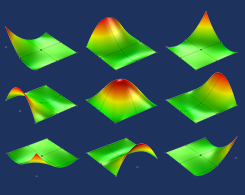
Keeping Track of Element Order in Multiphysics Models
Whenever you are building a finite element model in COMSOL Multiphysics®, it is important that you are aware of the element order that is being used. We demonstrate how to do so here.
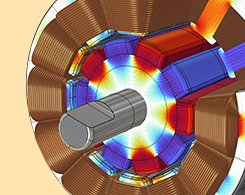
Guidelines for Modeling Rotating Machines in 3D
Learn how to use the Rotating Machinery, Magnetic interface in COMSOL Multiphysics® to model a 3D generator, and then compare our results with an analogous 2D model. Part 2 of 2.
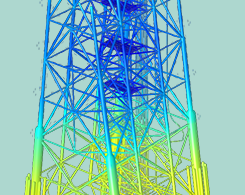
The Boundary Element Method Simplifies Corrosion Simulation
The boundary element method can be used when simulating corrosion to avoid needing a finite element mesh to resolve the whole 3D structure, saving time for large problems with slender components.
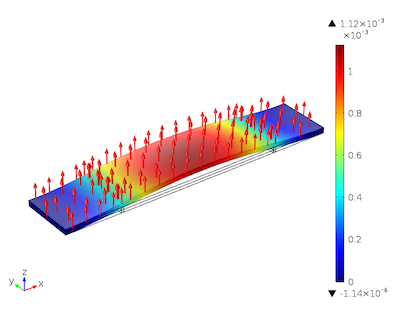
Simulation Improves Range of Motion in Piezoelectric Actuators
We highlight 1.) some of the fundamental elements of piezoelectric theory and basic simulations and 2.) a novel design for improving the range of motion for piezoelectric actuators.
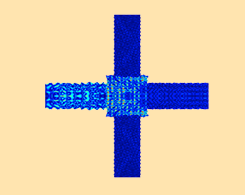
Modeling Phononic Band Gap Materials and Structures
A guest blogger from Veryst Engineering, a COMSOL Certified Consultant, shares simulation research designed to optimize band gaps for phononic crystals.
